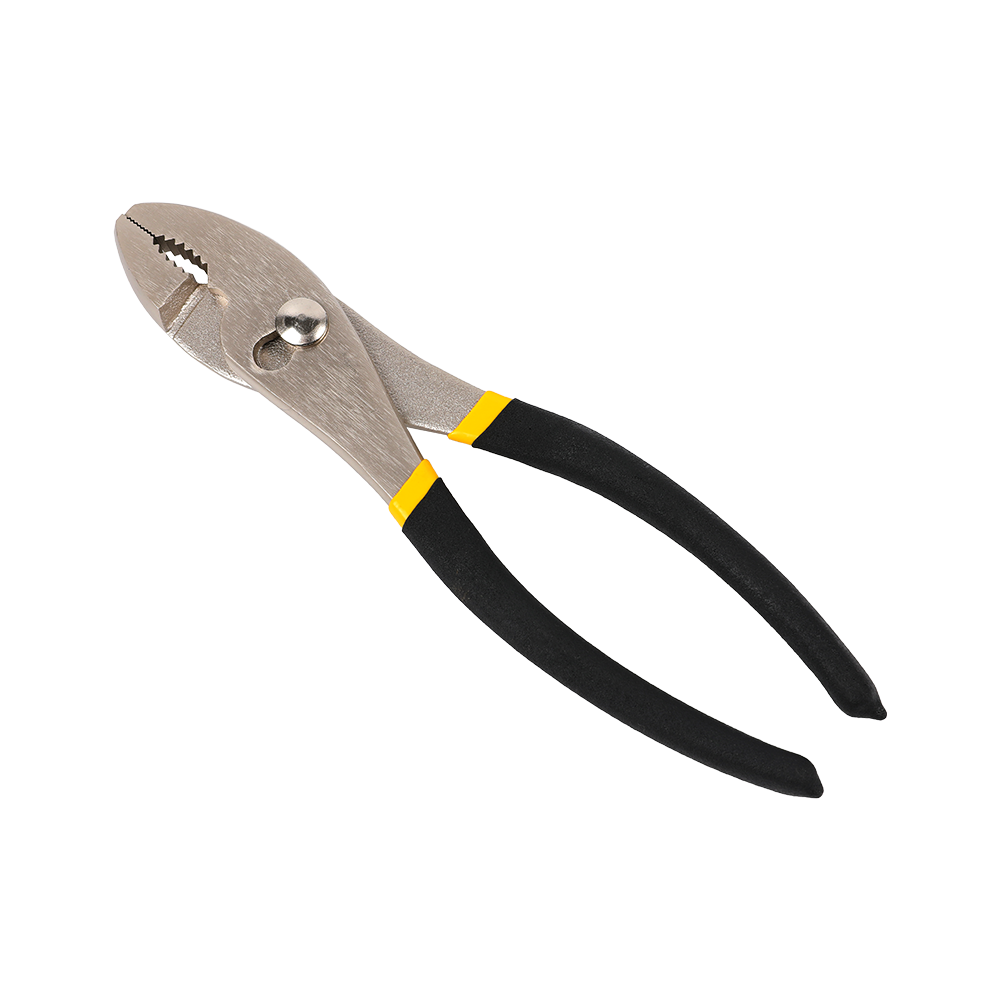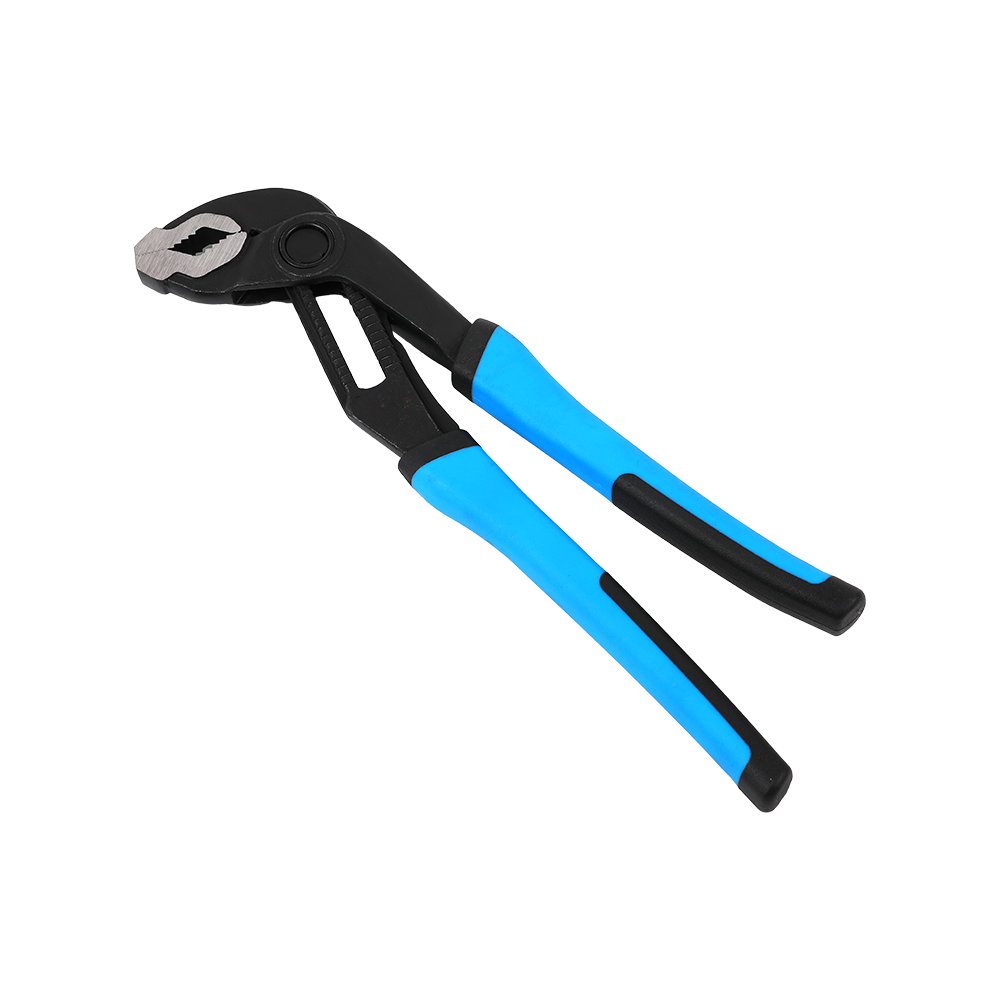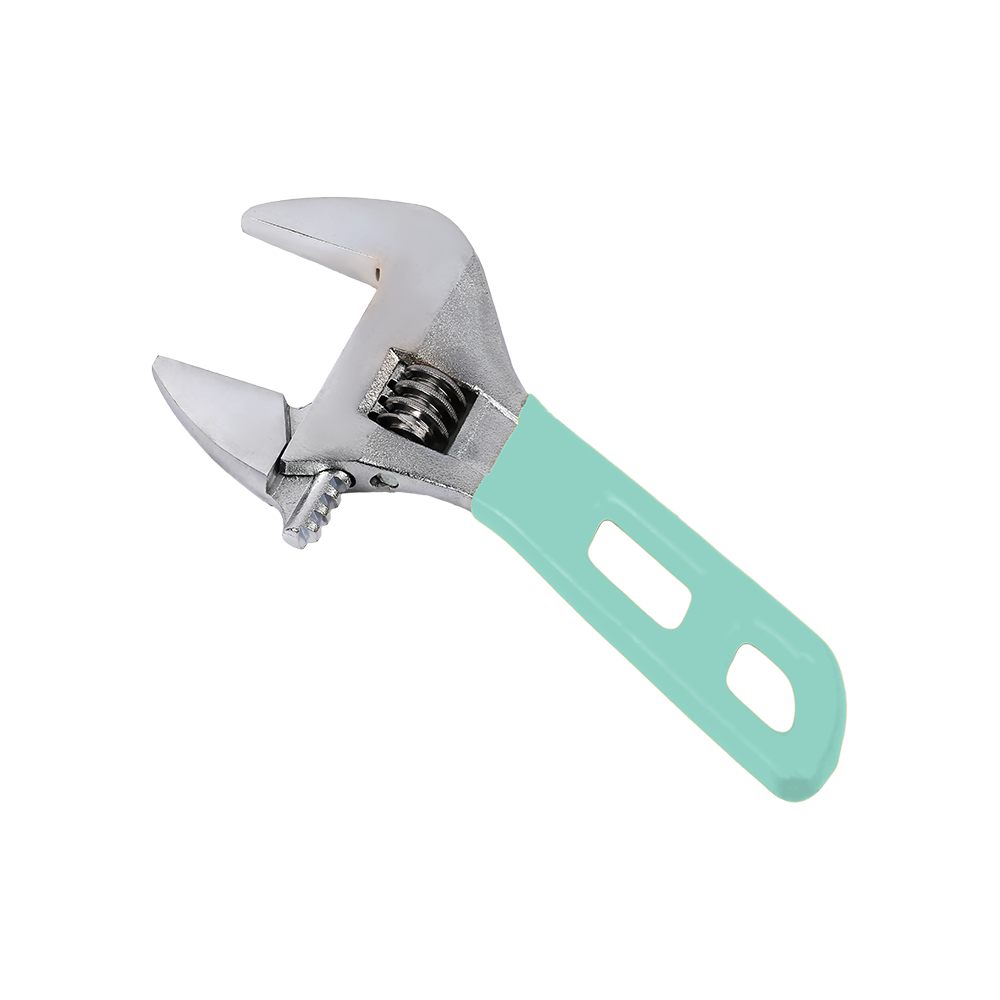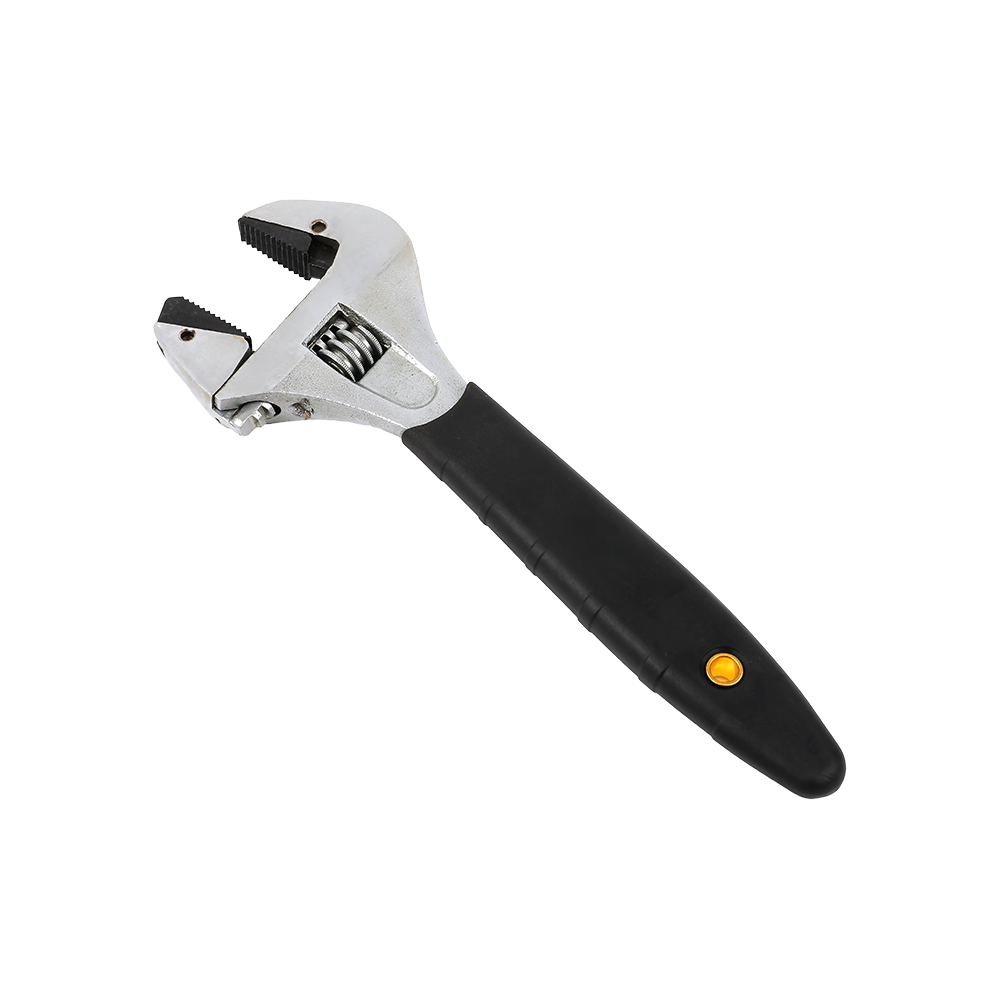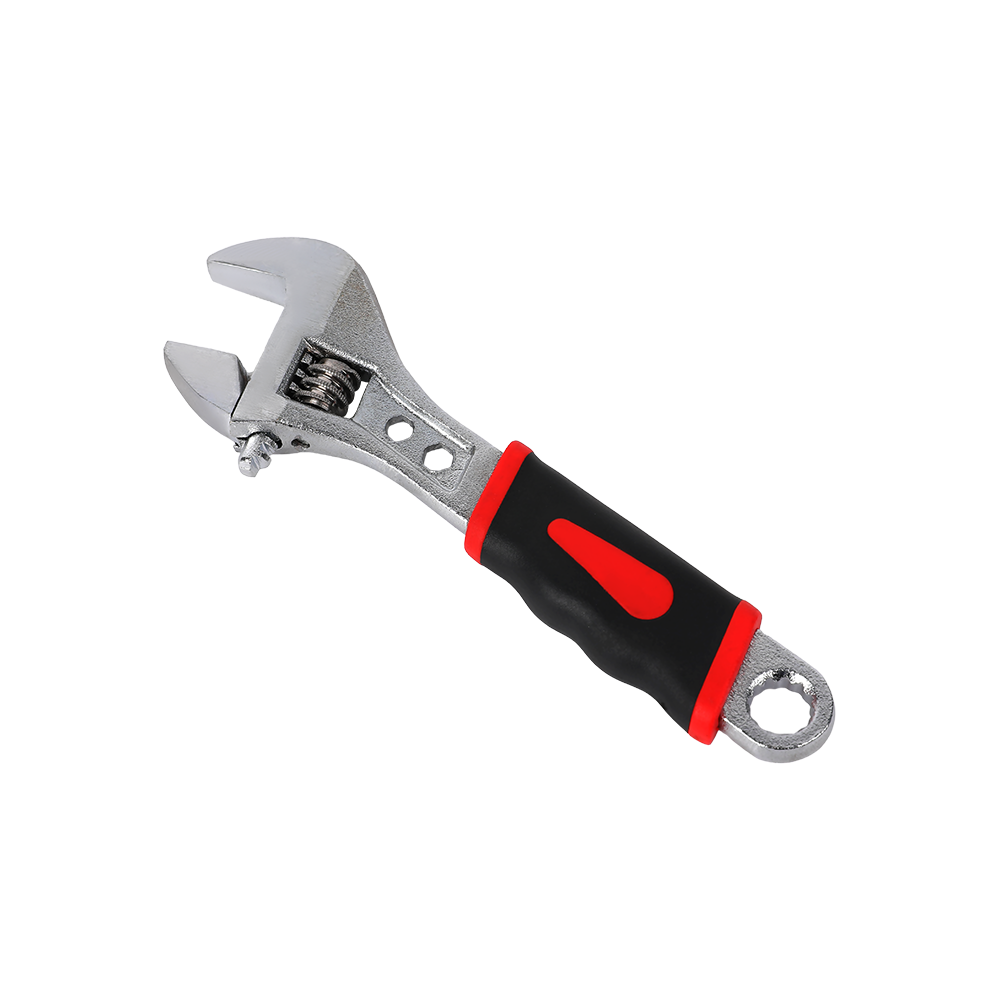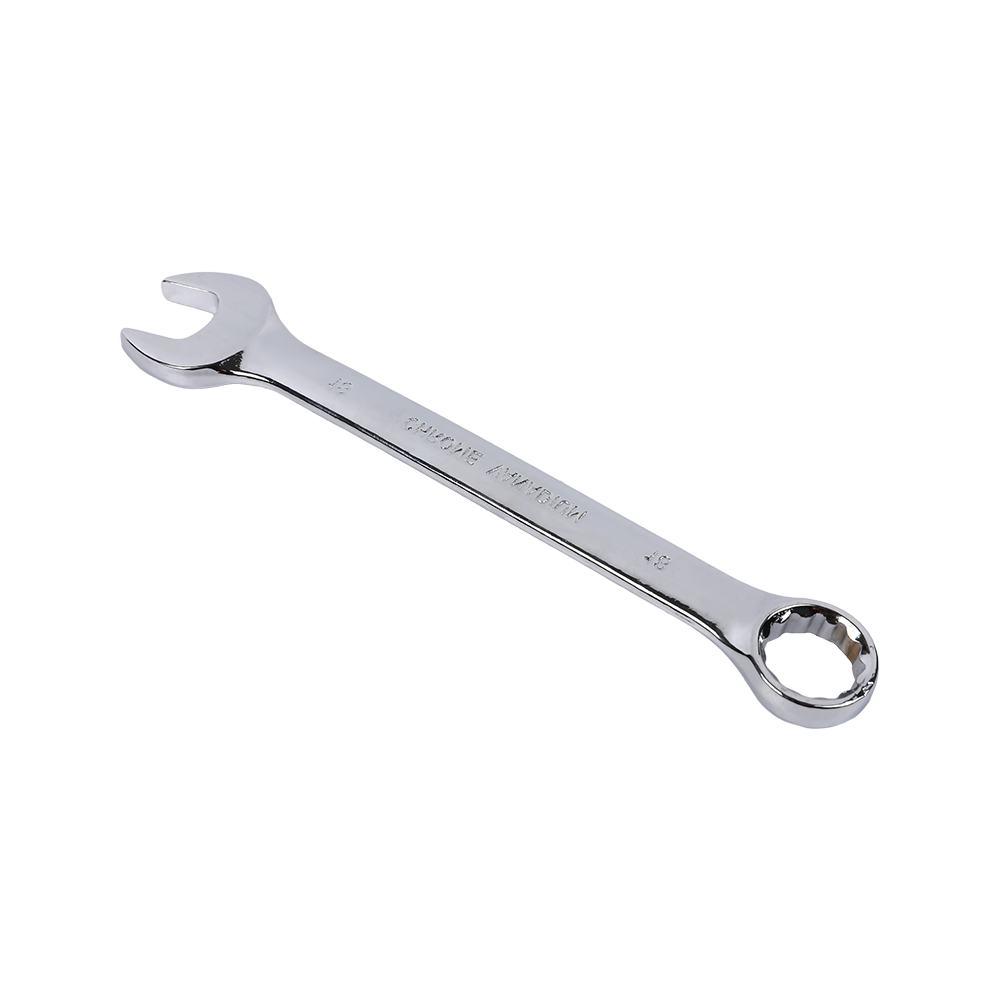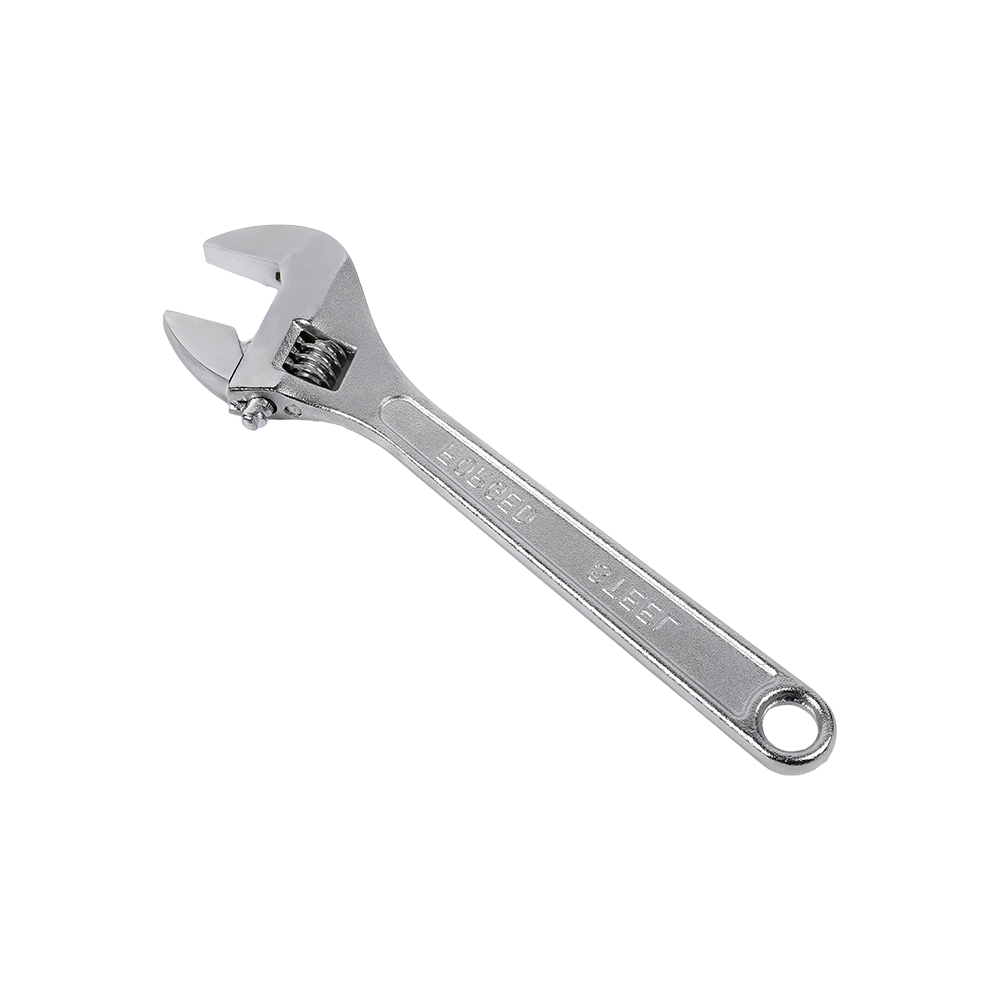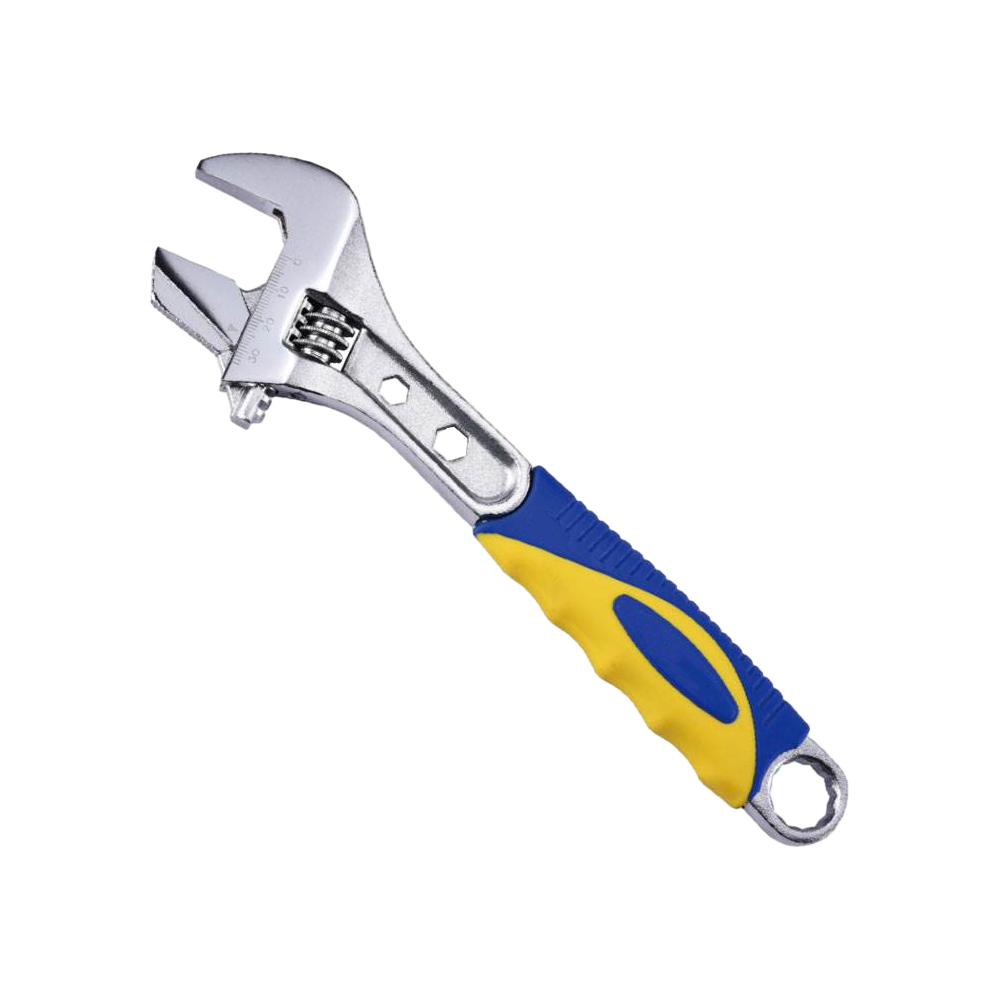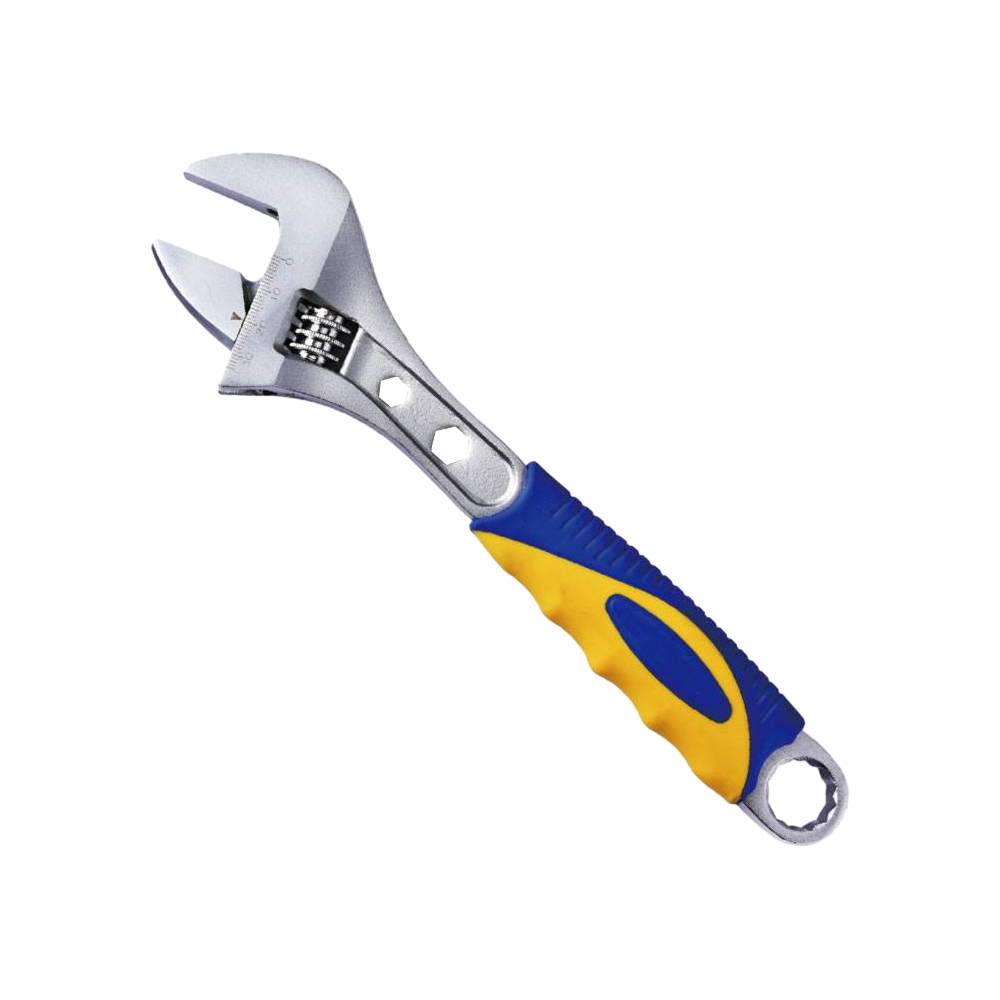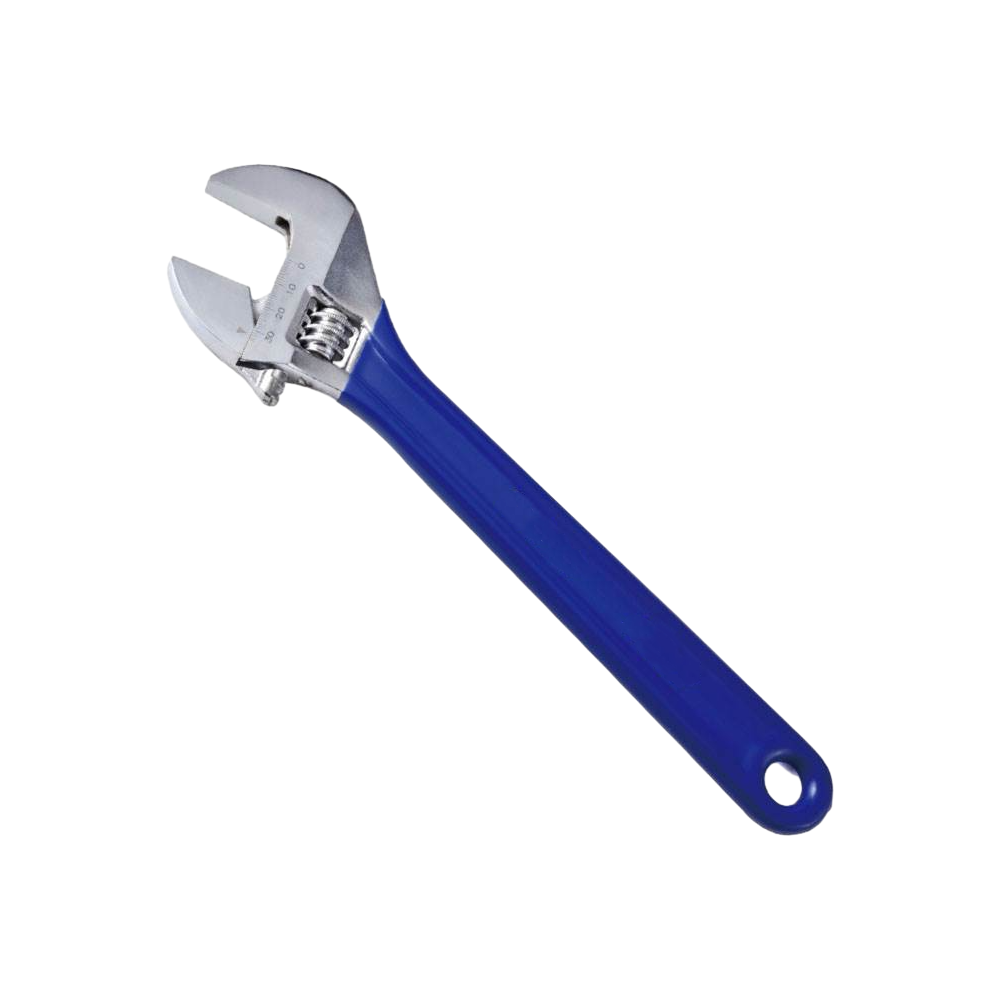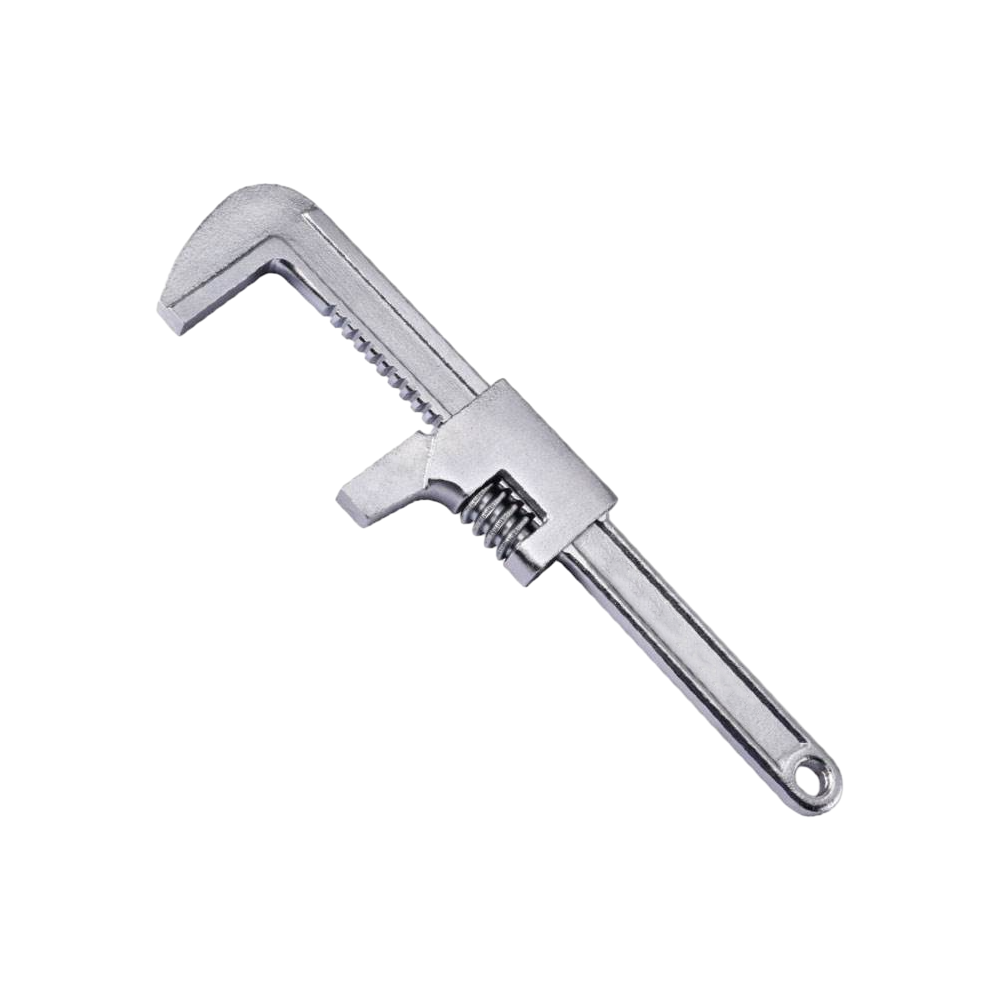How the structural advantage of the ratchet wrench drives industry applications?
Within the segment of hand tools, the ratchet wrench stands out due to its distinctive mechanical structure. Compared with traditional wrenches, its notable feature lies in the “unidirectional rotation with bidirectional operation,” a design that significantly improves efficiency and ergonomics. As modern industrial requirements continue to evolve, this core characteristic of the ratchet wrench is drawing increasing attention and reshaping the direction of tool manufacturing and application.
The Core Value of the Ratchet Mechanism
The unique function of the ratchet wrench comes from its internal ratchet gear system. This structure allows the tool to rotate and lock in one direction while releasing in the opposite direction. With such unidirectional control, the user can continuously apply force even in confined spaces, without having to constantly readjust angles as required by traditional wrenches. This not only ensures smoother operation but also reduces physical strain.
In fields such as mechanical engineering and automotive repair, this feature directly enhances work efficiency. Variants such as the socket ratchet wrench and the hand ratchet wrench extend this advantage further by addressing specific torque requirements and environmental conditions, emphasizing the value of the ratchet mechanism within the industry.
Fine Tooth Design and Precision Work
As ratchet wrench technology advances, the increase in gear teeth has become a critical trend. A fine tooth ratchet wrench provides a smaller working angle, enabling precise rotation even in limited spaces. This refinement reflects the sophistication of tool manufacturing and directly improves assembly efficiency in complex equipment.
For applications that demand high accuracy, high-tooth ratchet mechanisms do more than improve performance—they reshape the overall performance benchmarks of the tool market. This demonstrates the close link between the ratchet wrench’s technical features and application needs.
The Value of Quick Release Mechanisms
Beyond gear structure, the quick release ratchet wrench is another innovation receiving widespread attention. By integrating a release button at the socket end, users can switch sockets more efficiently. For tasks requiring frequent changes between socket sizes, this design not only saves time but also ensures continuity during operations.
The popularity of quick release features highlights the human-centered design of modern tools. Here, the ratchet wrench is not simply a force-transmitting device but a tool that enhances overall user experience through thoughtful structural details.
Structural Differences Between Long and Compact Handles
In terms of form, the long handle ratchet wrench and the compact ratchet wrench represent two distinct design directions. Long handles deliver greater leverage, making high-torque tasks easier, while compact designs excel in tight spaces, offering agility and portability.
This diversity in structure expands the range of applications for the ratchet wrench, making it suitable for both heavy industry and everyday repair. Through continuous refinements in handle design, the tool industry is extending its product lines to meet a wide spectrum of market needs.
Rising Demand for Heavy-Duty Performance
As industrial applications become more complex, demand for the heavy duty ratchet wrench is steadily increasing. By strengthening the ratchet structure and optimizing material choice, these models withstand higher torque loads. Widely used in mechanical assembly and large-scale equipment maintenance, they demonstrate the ratchet wrench’s adaptability under conditions.
This demand highlights the market’s growing emphasis on durability and reliability. For a fundamental tool category, such requirements underscore the continuous momentum for product evolution.
Dual Penetration into Industrial and Household Scenarios
It is worth noting that the structural advantages of the ratchet wrench extend beyond professional industrial use into household applications. Both the household ratchet wrench and the automotive ratchet wrench are gaining traction in the consumer market. Particularly in DIY and automotive maintenance, the ratchet mechanism’s labor-saving property has made it a popular choice among general users.
This cross-scenario adoption indicates that the ratchet wrench’s structural strength is not only elevating industrial standards but also driving an upgrade in everyday tool consumption.
Technical Iteration and Industry Outlook
Looking forward, the development of the ratchet wrench will continue to focus on three aspects: precision, durability, and multifunctionality. In gear systems, higher tooth counts and low-friction materials will further enhance smooth operation; in release mechanisms, lighter and more ergonomic designs are expected to dominate; and in overall form, foldable and modular structures may meet diverse application demands.
The trend toward the multi-function ratchet wrench is also gaining momentum. By integrating multiple functions into a single tool, users can accomplish a wider range of tasks without needing an extensive toolkit. This aligns with the industry’s pursuit of lightweight, cost-effective, and versatile solutions.
Conclusion
The defining feature of the ratchet wrench—the ratchet mechanism enabling unidirectional rotation with bidirectional operation—has become a key driver of industry development. From fine tooth designs and quick release mechanisms to structural variations and heavy-duty performance, the evolution of this tool showcases the industry’s ongoing pursuit of precision, efficiency, and adaptability. This feature not only redefines the user experience of hand tools but also fuels continuous advancements in technical standards and product design.
-
Feedback
 English
English русский
русский Español
Español
